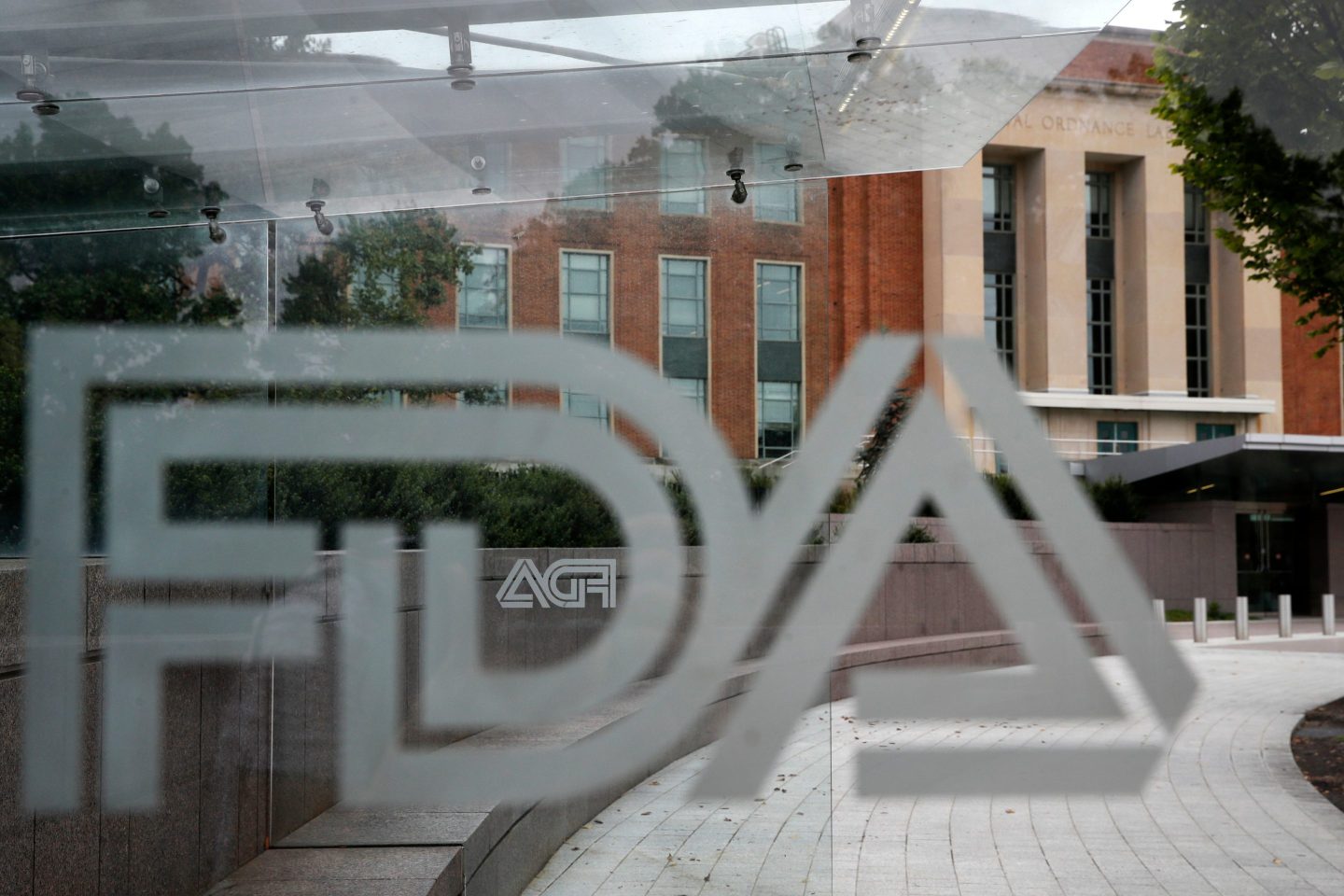It sounds like the stuff of science fiction. But on Tuesday, researchers from the Children’s Hospital of Philadelphia announced that their “Biobag”—an artificial womb/placenta system—has kept extremely premature lamb fetuses alive for longer and healthier than similar previous technologies. And they hope that the system can one day be used to help preterm human babies born as early as 23 to 25 weeks of gestation.
The researchers placed extremely premature fetuses into the Biobag, which is made of clear polyethylene and filled with a substance that mimics amniotic fluid, in order to help them survive long enough for their lungs to develop more. The fetuses were connected to a machine that oxygenated their blood while allowing their lungs to remain fluid-filled (since they weren’t strong enough at that point to breathe on their own).
Click hereto subscribe to Brainstorm Health Daily, our brand new newsletter about health innovations.
The results were striking. The lambs—which were at about an equivalent gestation stage as a 23-week old human fetus—survived for as long as one month (28 days) in the artificial environment. And as the below before/after picture demonstrates, they developed impressively over that time, even forming lung and brain function comparable to non-preterm lambs.

But the innovative method still faces hurdles in humans, some experts told the Wall Street Journal. For one, the process of removing a preterm human fetus could present risks to the mother since it could require anesthesia and surgery; and then there are the other complications associated with premature births, such as brain bleeding.
Dr. Alan Flake, director of the Center for Fetal Research at Children’s Hospital of Philadelphia, admits that more animal experiments are necessary before the tech can be used in human trials. But those could start within five years if follow-on studies prove successful, according to Flake.











